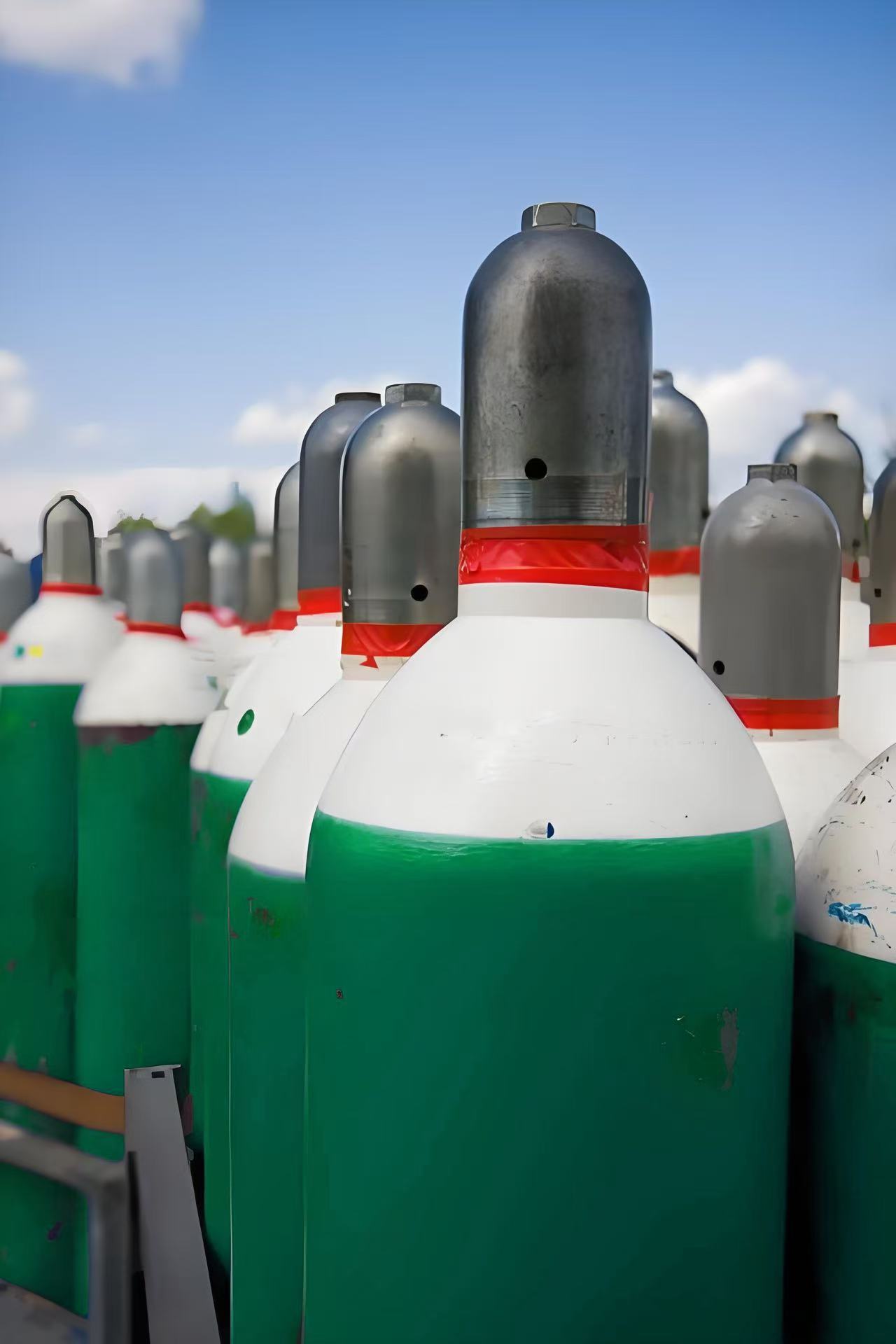

Introduction
The U.S. recently initiated anti-dumping (AD) and countervailing duties (CVD) investigations on crystalline silicon photovoltaic (PV) cells and modules from Cambodia, Malaysia, Thailand, and Vietnam, with preliminary duty rates ranging from 0% to 271.28%. This could significantly impact Chinese PV enterprises operating in Southeast Asia and indirectly reduce liquid argon export volumes, as the region is a key export destination for China’s liquid argon.

U.S. Tariffs Timeline and Impact
Since 2011, Chinese PV products exported to the U.S. have faced multiple tariffs, including AD, CVD, Section 201, and Section 301 tariffs. In May 2023, Section 301 tariffs increased to 50%. The latest AD/CVD investigation announced in November 2023 targets PV products from Southeast Asia, a key production hub for Chinese enterprises. Higher tariffs may limit PV exports to the U.S., restricting growth and reducing production in Southeast Asia.
Chinese PV Capacity in Southeast Asia
Leading Chinese PV enterprises like LONGi, Trina Solar, and Jinko Solar have established integrated supply chains in Southeast Asia, particularly in Vietnam, which accounts for 80% of silicon wafer production and significant shares of module and cell production.
Liquid Argon Exports to Southeast Asia
China’s liquid argon exports to Southeast Asia have grown steadily over the past five years, with Thailand (68.23%) and Vietnam (27.13%) as the largest importers. Thailand’s 2024 economic recovery will drive demand, while Vietnam faces weaker PV-related demand.
Impact of U.S. Policies
Higher U.S. tariffs on Southeast Asian PV products will likely reduce production in Thailand and Vietnam, suppressing liquid argon demand and exports. However, the impact on Malaysia and Cambodia is minimal due to lower volumes.
Conclusion
The U.S. AD/CVD policies will indirectly curb China’s liquid argon exports to Southeast Asia, which now account for 20% of total exports. While the impact on domestic markets is limited, Chinese PV enterprises must closely monitor trade policies and adapt to market changes.